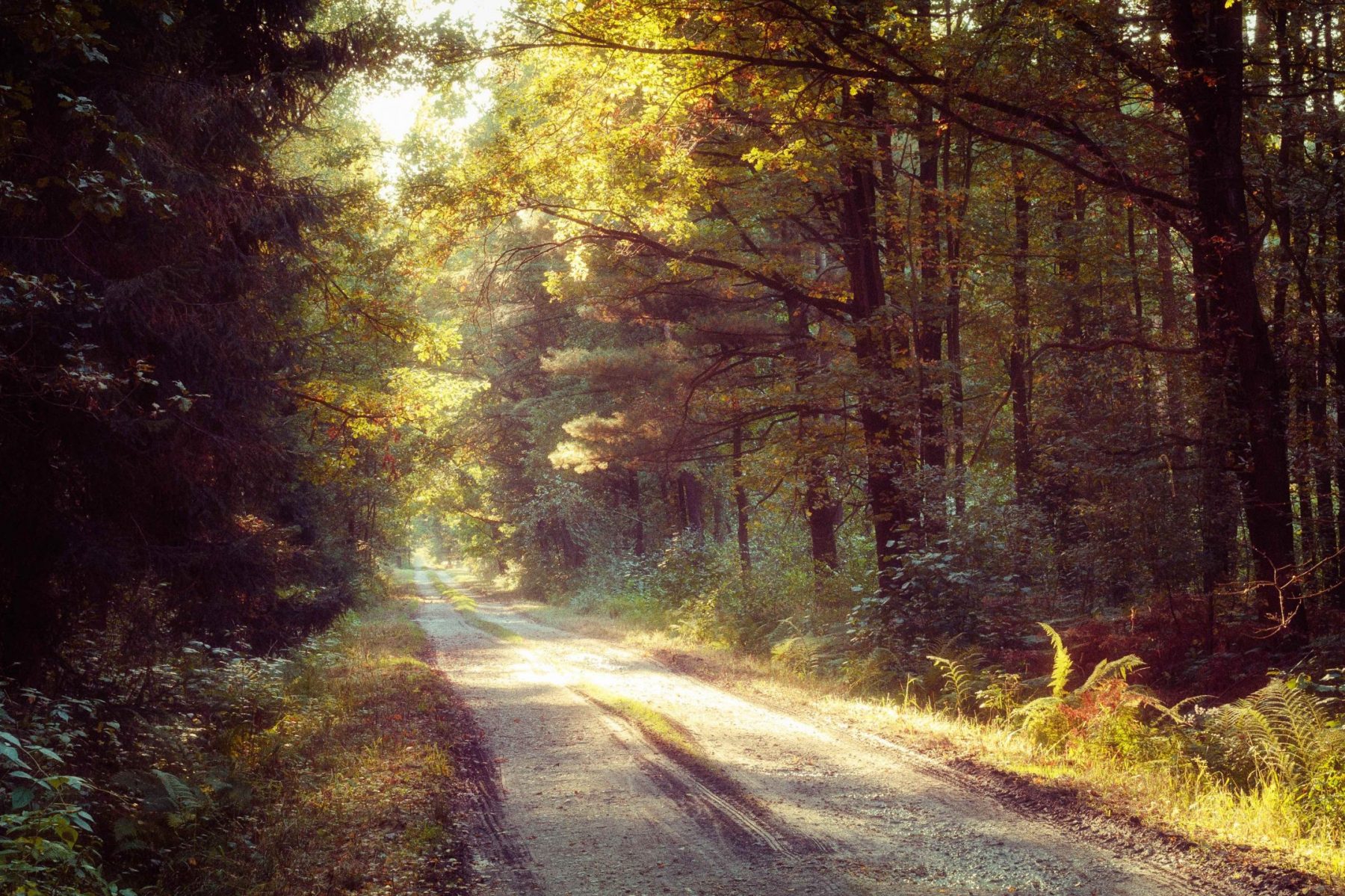We live in a time when the prospect of collapse is all too real—fires, floods, deserts spreading, oceans acidifying, and species vanishing at a rate we once thought unimaginable. And yet, at this very moment, we also hold in our hands the knowledge, the tools, and the collective genius to heal the Earth and create something approaching paradise.
It is not a mystical dream; it is a choice.
Restoring the Earth: A Vision in Progress
We know how to restore deserts. The Loess Plateau in China, once a barren moonscape, now blooms with forests and crops after large‑scale restoration projects combined ancient techniques with modern science. In Africa, the Great Green Wall is transforming degraded Sahel landscapes into fertile corridors, sequestering carbon and feeding people. Pioneers like Allan Savory and Gabe Brown have shown that regenerative grazing and cover cropping can turn depleted soils into carbon‑rich sponges teeming with life.
We know how to feed everyone. Agroecology, precision fermentation, vertical farms, and perennial polycultures could produce more than enough with a fraction of today’s footprint. Restoring soils sequesters carbon; perennial grains like Kernza rebuild ecosystems even as they yield food. There is no ecological reason anyone should go hungry—only social and economic inertia.
We know how to restore the seas. In the Pacific Northwest, Indigenous and scientific partnerships are reviving salmon runs. Kelp forests and shellfish reefs are being seeded to protect coasts and feed communities. Even controversial ideas like ocean fertilization—adding iron to stimulate plankton blooms—point to the scale of what could be done if carefully governed.
We even know how to restore the climate itself. Techniques such as biochar, enhanced rock weathering, and direct air capture are no longer science fiction. Reforestation and rewilding projects around the world show how living systems can draw down atmospheric carbon at massive scales.
So why don’t we do this?
Why We Haven’t Chosen Paradise (Yet)
Part of the answer is economic inertia: trillions invested in fossil fuels, industrial agriculture, and extractive industries that profit from degradation. Part is political capture: systems built to favor short‑term gain over long‑term thriving. And part is psychological: we are trapped in stories of scarcity and competition, fearful of the unknown.
But these constraints are not laws of physics; they are artifacts of human design. And what we design, we can redesign.
Transitioning the Pillars of Civilization
If we chose, we could pivot each major system of human life toward regeneration:
Agriculture:
From extractive monocultures to regenerative mosaics. Imagine landscapes where food forests integrate orchards, vines, grains, and animals, mimicking natural ecosystems. Perennial crops stabilize soil and sequester carbon. Aquaponics and vertical farms feed cities with minimal land and water. Farmers are stewards, rewarded for building soil rather than depleting it.
Shelter:
From concrete heat sinks to living architecture. Homes built from carbon‑negative materials—hempcrete, bamboo composites, mycelium panels—blend with their ecosystems. Rooftops host gardens; walls breathe and filter air; energy systems are woven into the design, producing surplus power for neighbors. Buildings repair themselves through bio‑based materials.
Transportation:
From fossil‑fuel congestion to clean mobility. Cities redesigned around walkable neighborhoods, microtransit, and high‑speed rail. Electric bikes and solar‑charged autonomous shuttles link hubs of human activity. Streets once choked by cars become green corridors alive with pollinators and pedestrians.
Energy:
From centralized extraction to distributed abundance. Solar glass in windows, tidal generators along coasts, geothermal wells in urban districts. Microgrids share energy peer‑to‑peer. The grid becomes a symphony of renewables, storage, and demand‑smoothing intelligence.
Computing:
From energy‑hungry data centers to mindful digital ecosystems. Chips designed for ultra‑low power, quantum processors solving optimization problems for regenerative farming and materials science. Networks governed by cooperative protocols rather than extractive surveillance models.
What Would Paradise Look Like?
Imagine walking through a city fifty years from now.
The air is rich with the scent of flowering vines woven through smart latticework buildings. Pollinators hum in rooftop gardens. Water flows in open channels, cleaned by reeds and biofilters before returning to the river. Public plazas are alive with conversation, music, and the quiet hum of small electric vehicles gliding past.
At the edge of the city, the land opens to farms that look like wild forests: chestnut and walnut canopies sheltering berries, mushrooms, and grazing animals. Children learn to plant and harvest alongside elders, and the soil beneath their feet is black and rich.
The ocean, once dying, teems with life. Oyster reefs buffer the coast, while kelp forests sway in the currents, sequestering carbon and nurturing fish. Fishing is a careful harvest, guided by centuries of Indigenous wisdom and modern science.
The climate has stabilized—not because we gave up, but because we chose to act, to heal, to restore.
The World We Could Create
This earthly paradise is not utopia in the sense of perfection. It is a thriving, dynamic balance between human creativity and the living Earth. It is an economy rooted in generosity rather than extraction, a society where well‑being is measured by the flourishing of all species, not by GDP alone. It is a culture that finds meaning not in domination, but in belonging.
Science fiction has hinted at such futures—from Kim Stanley Robinson’s Ministry for the Future, where humanity claws its way back from the brink, to Ursula K. Le Guin’s The Dispossessed, imagining societies organized around cooperation rather than scarcity. Indigenous prophecies speak of a time when humanity remembers its role as caretaker, not conqueror.
An earthly paradise is possible—not guaranteed, not easy, but possible. It begins with imagination, followed by bold action, and sustained by love for the Earth and all who dwell upon it.
And the most important question remains: Will we choose it?
